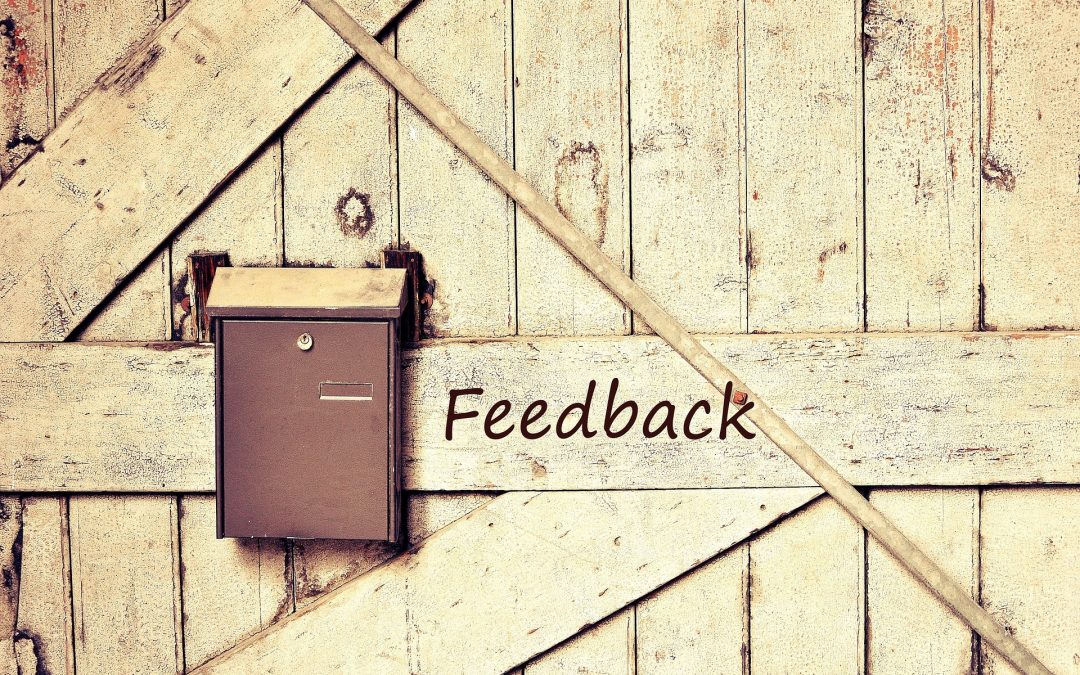A number of the questions I have received recently are related to feedback. How do I address a teammate who isn’t doing what they said they would do? How do I deal with a person who doesn’t listen to my suggestions? How do I help a team leader see how their behavior is affecting the team? There is a very helpful tool that I have frequently leveraged to provide constructive feedback in these types of situations. It’s the Situation – Behavior – Impact (SBI) feedback model from the Center for Creative Leadership (CCL). Here is how the CCL describes it:
Situation: Describe the situation. Be specific about when and where it occurred.
Behavior: Describe the observable behavior. Don’t assume you know what the other person was thinking.
Impact: Describe what you thought or felt in reaction to the behavior.
This becomes more powerful when you follow-up with a question about intent. Too often we assume we know the intent of the other person and we begin to tell ourselves stories about them. It is much more productive to provide feedback in a constructive way without a preconceived idea about their intent. Instead be curious to understand their intent and perspective.
Here’s an example of giving “negative” feedback: “When we were on the Zoom call at 11:00 this morning, you changed the subject after I voiced my opinion. It felt like my opinion didn’t matter. What was your goal when you changed the subject?”
I can’t tell you how many times my assumptions were wrong and I get something back like: “I’m so sorry, I didn’t even realize I did that.” Or they are frustrated themselves about something that I didn’t see. Sometimes my own behavior has contributed to the situation and I just didn’t see it. This tool provides a way to have a respectful, professional approach to a real conversation. It is a much better way of handling the situation than a) not having a conversation and letting it fester, b) assuming they meant to be rude, or c) accusing them (directly or indirectly).
Don’t forget to use this to routinely give “positive” feedback: “When we were on the Zoom call at 11:00 this morning, you stopped the conversation to listen to my opinion. I really appreciated that. It felt like you cared about what I had to say.”
Now go build a #strongteam!

